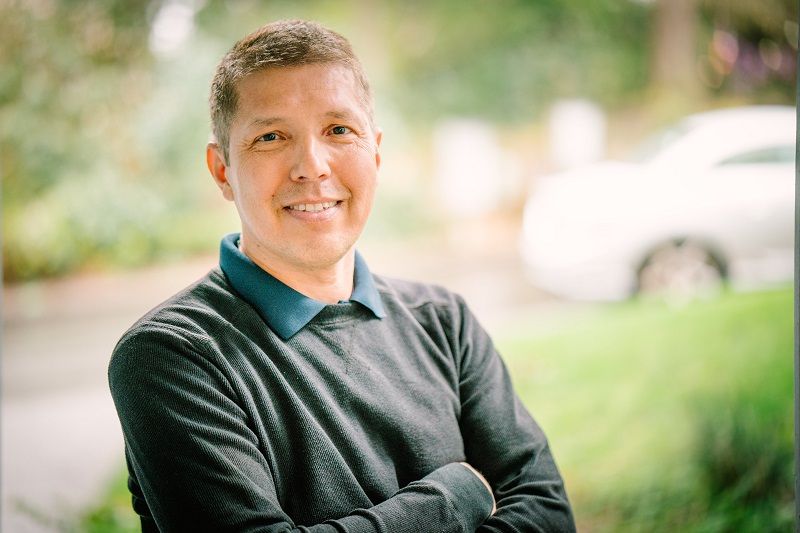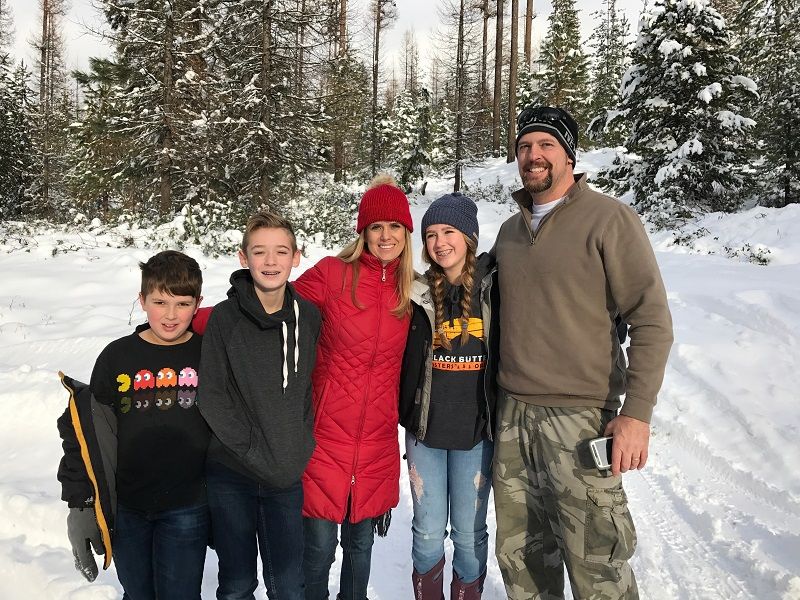Survey Shows Florida Scholarship Parents Are Overwhelmingly Satisfied with Their Children’s Schools
By Kathryn Hickok
Florida’s Tax Credit Scholarship Program currently helps more than a hundred thousand of the state’s most disadvantaged students to get a better education through privately funded scholarships, making it the largest private school choice program in America. The program has been funded by voluntary corporate donations to nonprofit scholarship organizations. In return for these donations, companies receive dollar-for-dollar tax credits against their state income tax.
Last week, EdChoice released the largest-ever survey of the parents of Florida’s tax credit scholarship students, revealing these families’ educational priorities and experiences.
Analyzing the responses of more than fourteen thousand parents, EdChoice concluded:
- “The vast majority of Florida scholarship parents expressed satisfaction with the tax-credit scholarship program.”
- “Florida parents chose their children’s private schools because those schools offer what their public schools can’t/don’t.”
- “Among respondents whose children were previously enrolled in a public district or charter school before using a scholarship to enroll in a private school, most parents reported engaging in a variety of education-related activities more often than before switching schools….”
Children have different talents, interests, and needs; and they learn in different ways. The landscape of educational options to meet students’ learning needs is more diverse today than ever. For more information about school choice in Oregon, visit schoolchoicefororegon.com.
John Kathryn Hickok is Executive Vice President at Cascade Policy Institute, Oregon’s free market public policy research organization. She is also director of Cascade’s Children’s Scholarship Fund-Oregon program, which provides partial tuition scholarships to Oregon elementary students from lower-income families.
Click here for PDF version:
11-7-18-Survey_Shows_FL_Scholarship_Parents_Overwhelmingly_Satisfied_With_Children’s_SchoolsPDF



